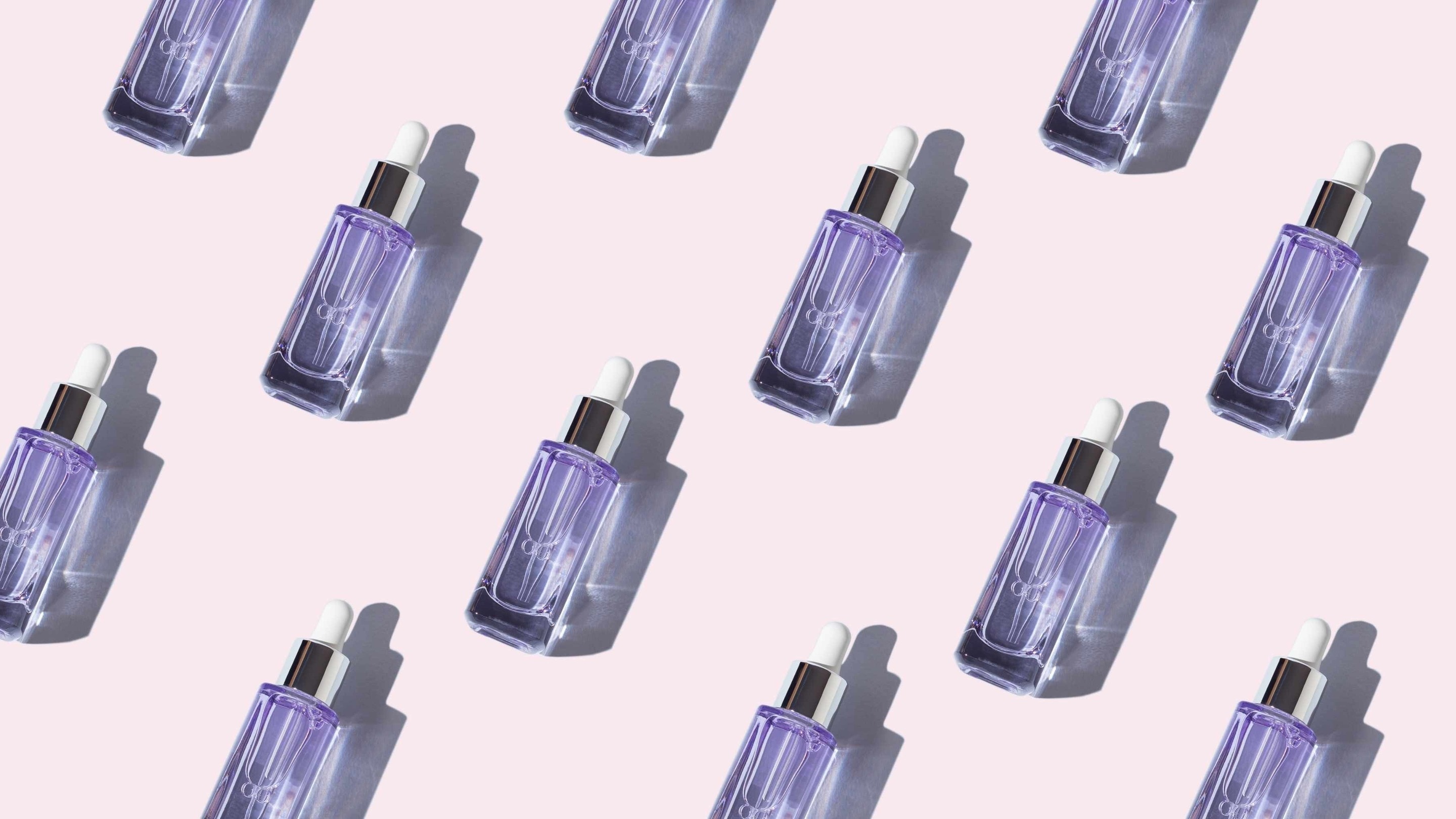- 01 What Is Glycolic Acid & What Does It Do for Skin?
- 02 Why Use Glycolic Acid for Skin?
- 03 Glycolic Acid Benefits for Skin
- 04 Which Glycolic Acid Product Format is Right for You?
- 05 How to Choose Glycolic Acid Uses by Skin Type
- 06 What Can Glycolic Acid Be Used With?
- 07 Glycolic Acid Side Effects & How to Use It Safely
- 08 Dermatologist-Approved Tips for Safe Use
- 09 FAQs
Ever wondered what is glycolic acid and why it's suddenly everywhere in skincare? It's a superstar AHA (alpha hydroxy acid) derived from sugar cane, prized for its tiny molecular structure that allows it to penetrate deeply into the skin. This makes it perfect for gently exfoliating away dead cells and revealing smoother, brighter new skin—without harsh scrubbing. Whether you're targeting dullness, uneven skin tone, breakouts or fine lines, glycolic acid for skin offers multiple benefits. Let's uncover all the reasons dermatologists recommend adding it into your routine—and how to use glycolic acid safely, no matter your skin type.
01What Is Glycolic Acid & What Does It Do for Skin?
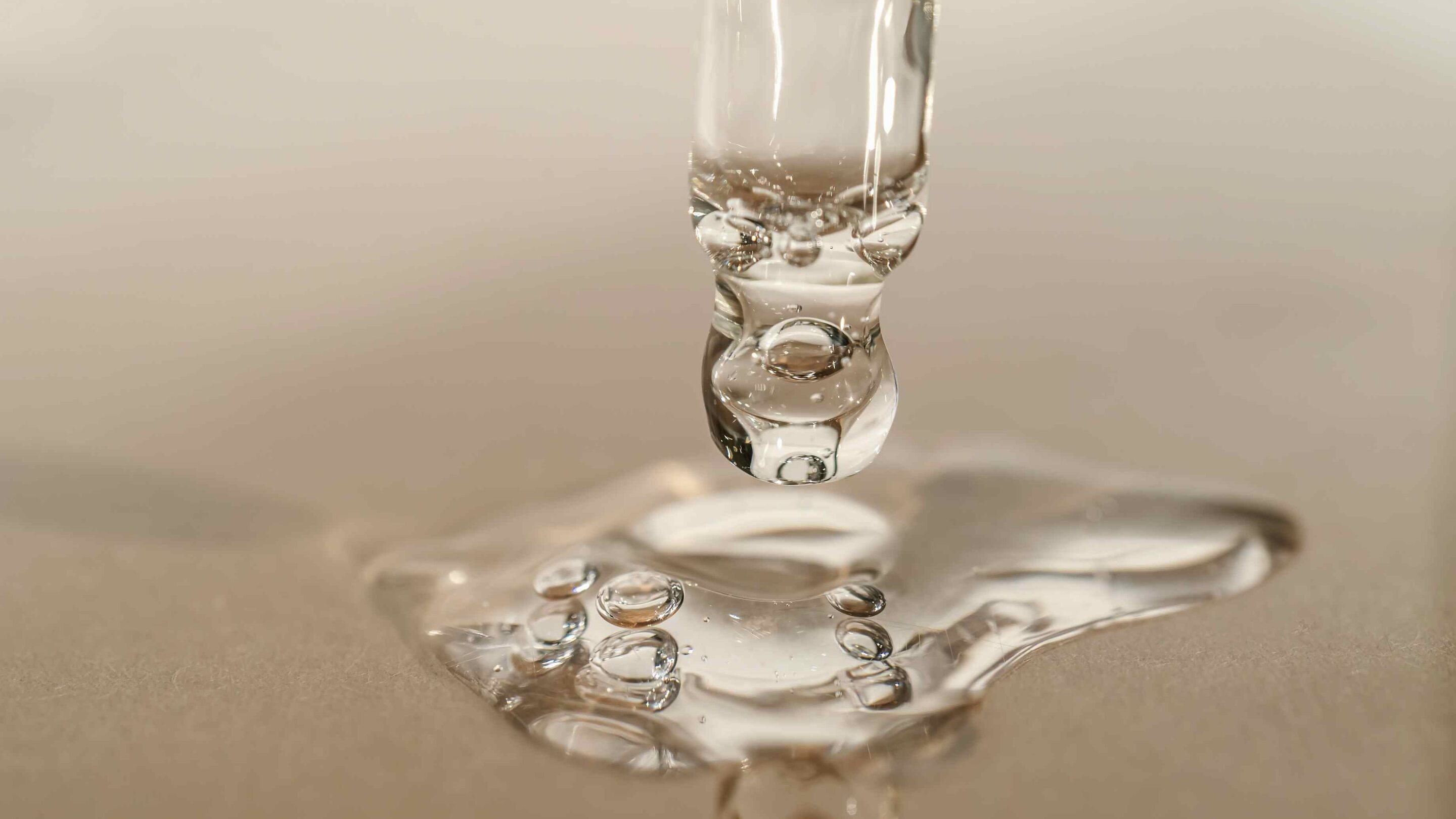
Glycolic acid is a type of alpha hydroxy acid (AHA) derived from sugarcane. It has the smallest molecular size among AHAs, which allows it to penetrate the skin more effectively. As a chemical exfoliant, glycolic acid works by dissolving the bonds between dead skin cells on the surface, encouraging them to shed more easily. This process helps reveal brighter, smoother, and more even-toned skin underneath. Beyond exfoliation, glycolic acid also stimulates collagen production , which can reduce the appearance of fine lines and improve skin firmness over time. It's commonly used to treat concerns like dullness, acne, hyperpigmentation, and early signs of aging.
02Why Use Glycolic Acid for Skin?

Whether you're targeting dullness, uneven skin tone, breakouts, or fine lines, glycolic acid for skin offers multiple benefits. Let's uncover all the reasons dermatologists recommend adding it into your routine—and how to use glycolic acid safely, no matter your skin type.
03Glycolic Acid Benefits for Skin
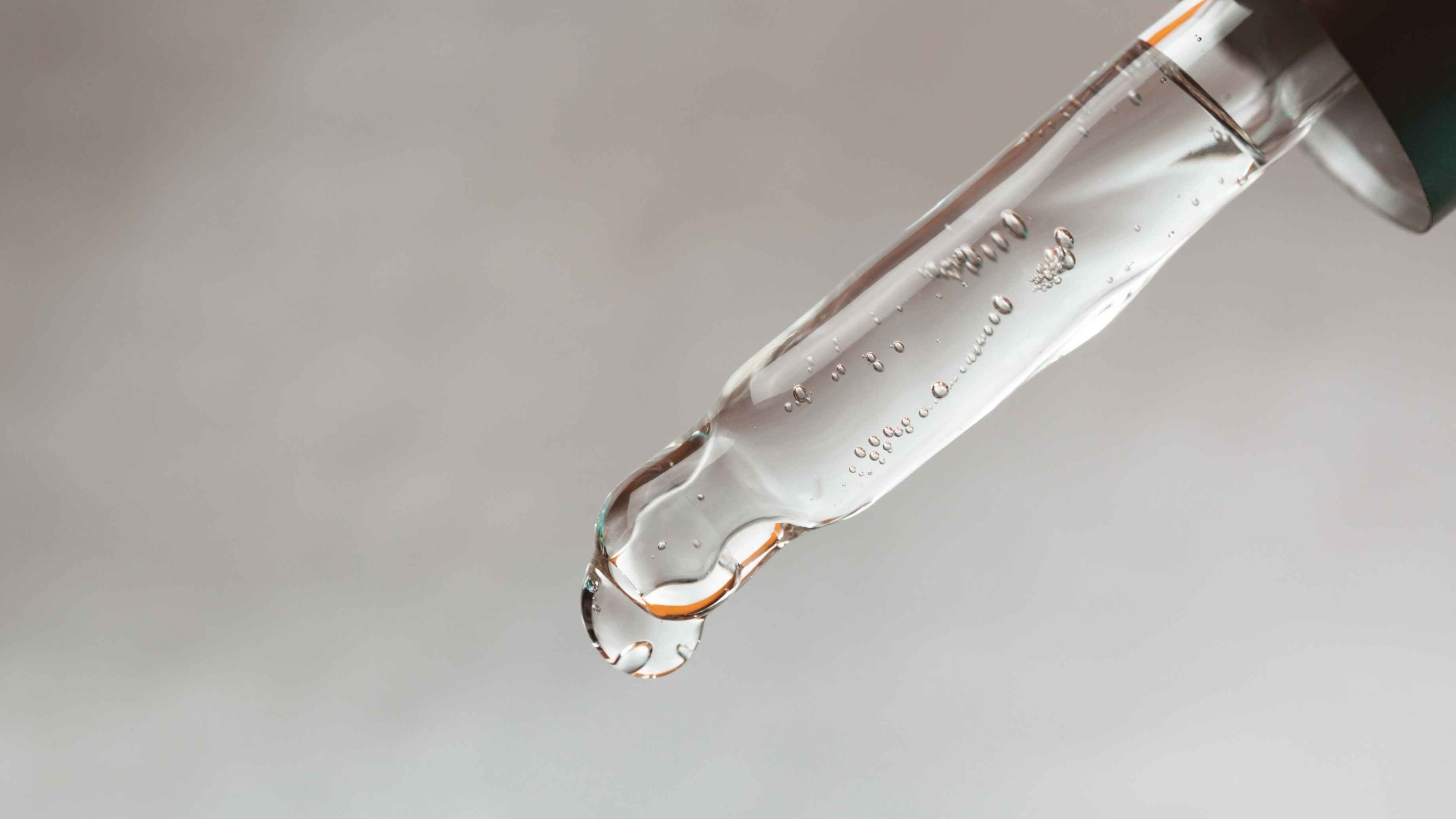
Here are the key glycolic acid skin benefits you can expect:
- Fades dark spots & hyperpigmentation Glycolic acid reduces the appearance of dark spots and acne scars by promoting faster cell turnover. Over time, this helps even out skin tone and restore clarity.
- Exfoliates dead skin cells As a gentle chemical exfoliant, it dissolves the bonds between dead skin cells. This clears away dullness and allows fresher, smoother skin to surface.
- Boosts collagen production By stimulating collagen synthesis in the deeper layers of the skin, glycolic acid can improve firmness. This helps maintain skin elasticity and youthfulness over time.
- Smooths fine lines Regular use can soften the look of fine lines and early wrinkles. It works by plumping the skin and improving its overall texture.
- Unclogs pores and prevents acne It clears out pore-clogging debris like sebum and dead cells. This helps reduce breakouts and keeps skin clean and balanced.
- Improves glow and hydration Glycolic acid has humectant properties, drawing moisture into the skin. This leaves the skin looking more radiant, hydrated, and plump.
- Enhances product absorption By removing the barrier of dead skin, it allows serums and moisturizers to penetrate more effectively. This maximizes the benefits of the rest of your skincare routine.
04Which Glycolic Acid Product Format is Right for You?
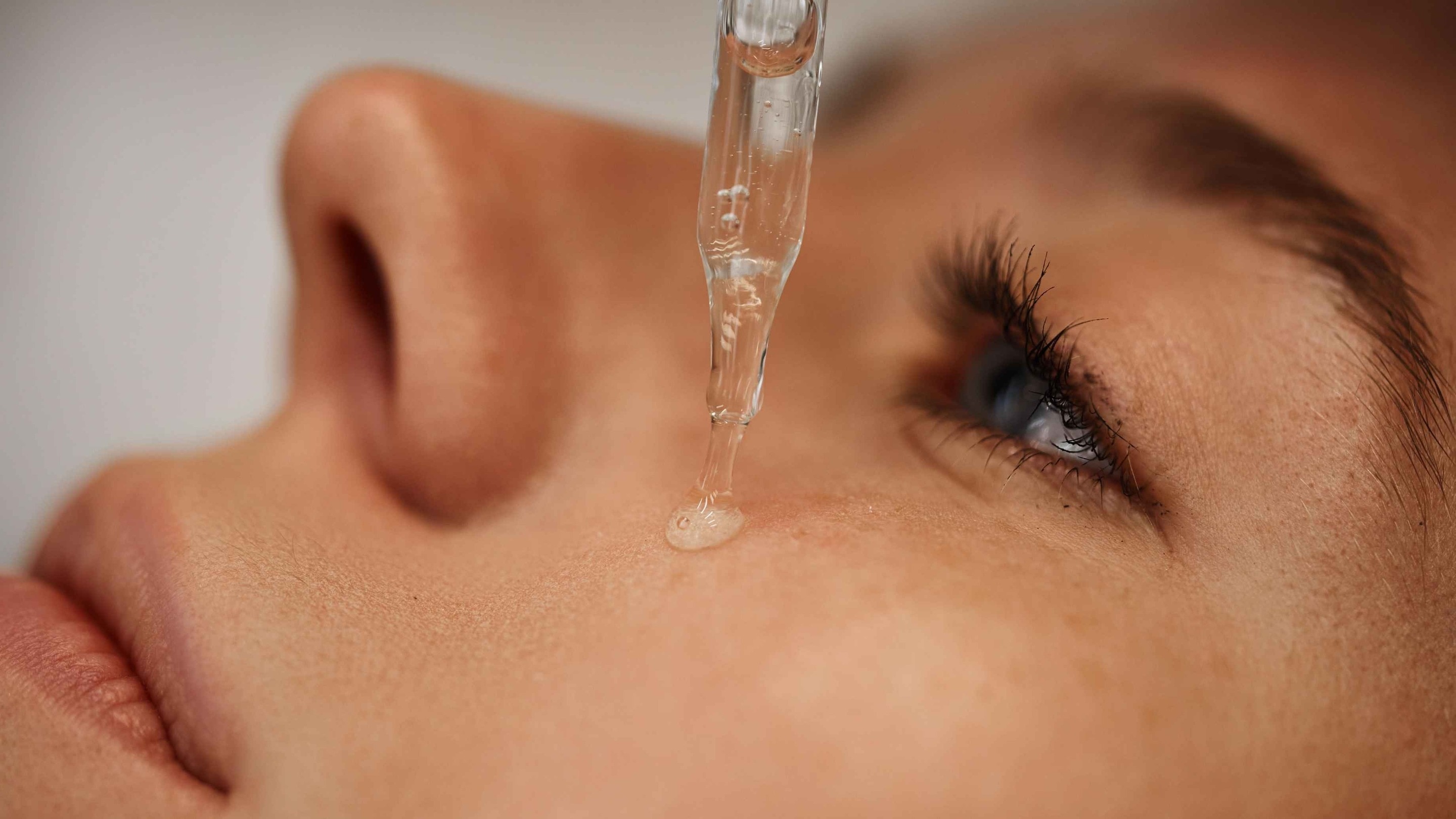
Glycolic acid face wash is great for introducing it gently as it stays on the skin briefly in the cleanse step—perfect for sensitive or reactive skin.
Glycolic acid toner offers lightweight exfoliation, ideal 1–3 times weekly depending on how well your skin tolerates it.
Glycolic acid serum or cream delivers deeper exfoliation and targeted results—best for pigmentation, fine lines, or texture concerns.
How to Use Glycolic Acid: Step-by-Step
Glycolic acid can transform your skin when used the right way. Follow this simple step-by-step guide to safely incorporate it into your skincare routine and get the best results.
1. Patch Test:

Before applying glycolic acid to your face, test it on a small area like your inner arm. Wait 24 hours to see if there's any irritation, redness, or itching.
2. Cleanse:
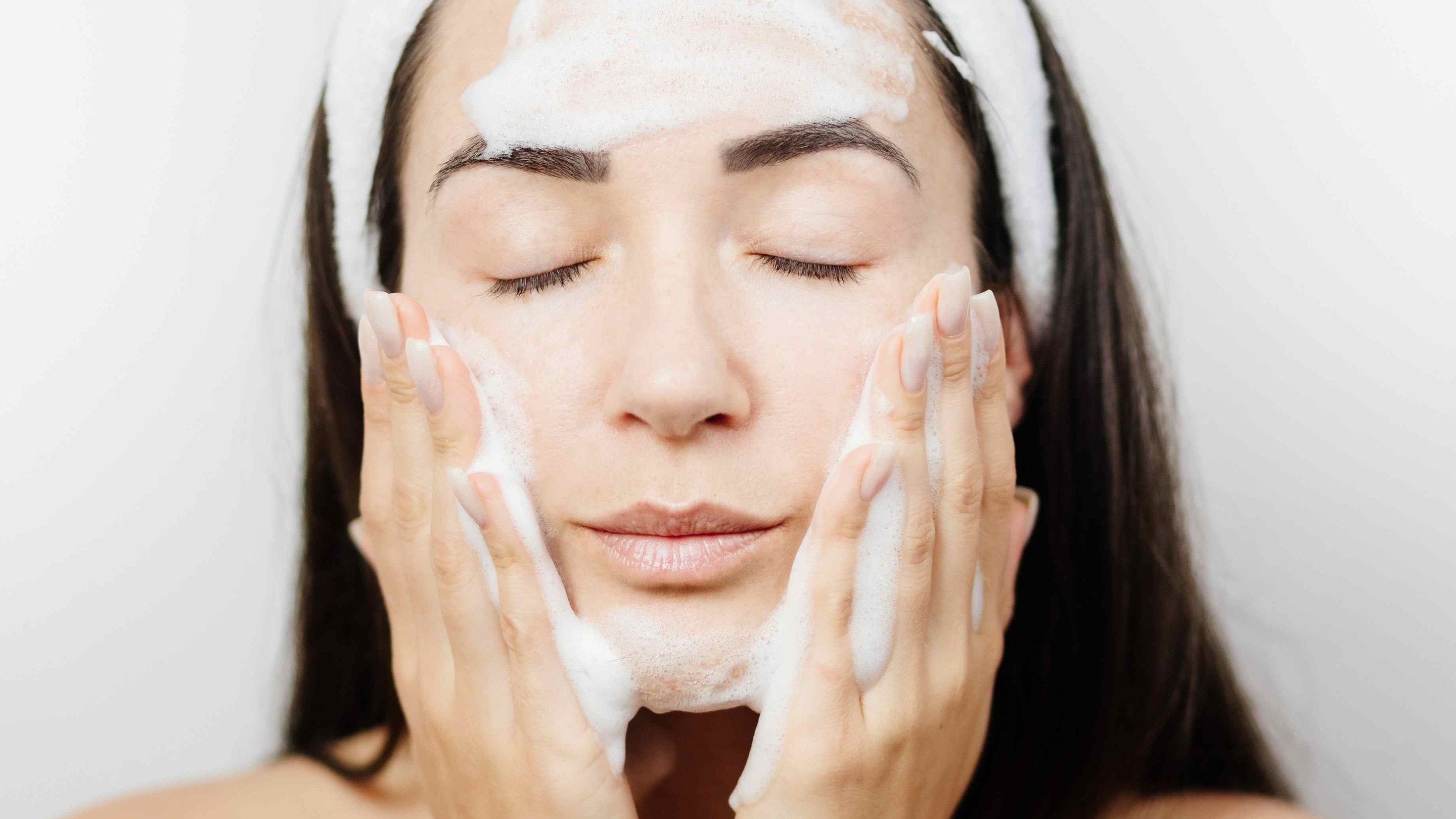
Wash your face with a mild, non-stripping cleanser to remove dirt, oil, and makeup, creating a clean base for the acid to work effectively.
3. Apply Glycolic Acid:

Choose a format that suits your routine:
- Toner: Saturate a cotton pad with the glycolic acid toner and swipe it gently across your face, steering clear of the eyes and lips.
- Serum: Dispense a few drops onto clean fingertips and press into your skin evenly.
- Peel/Mask: Follow the instructions on the product label—typically leave on for a few minutes, then rinse off thoroughly. Product recommendation: Lakmé glycolic illuminate serum with 1% glycolic acid
4. Moisturize:
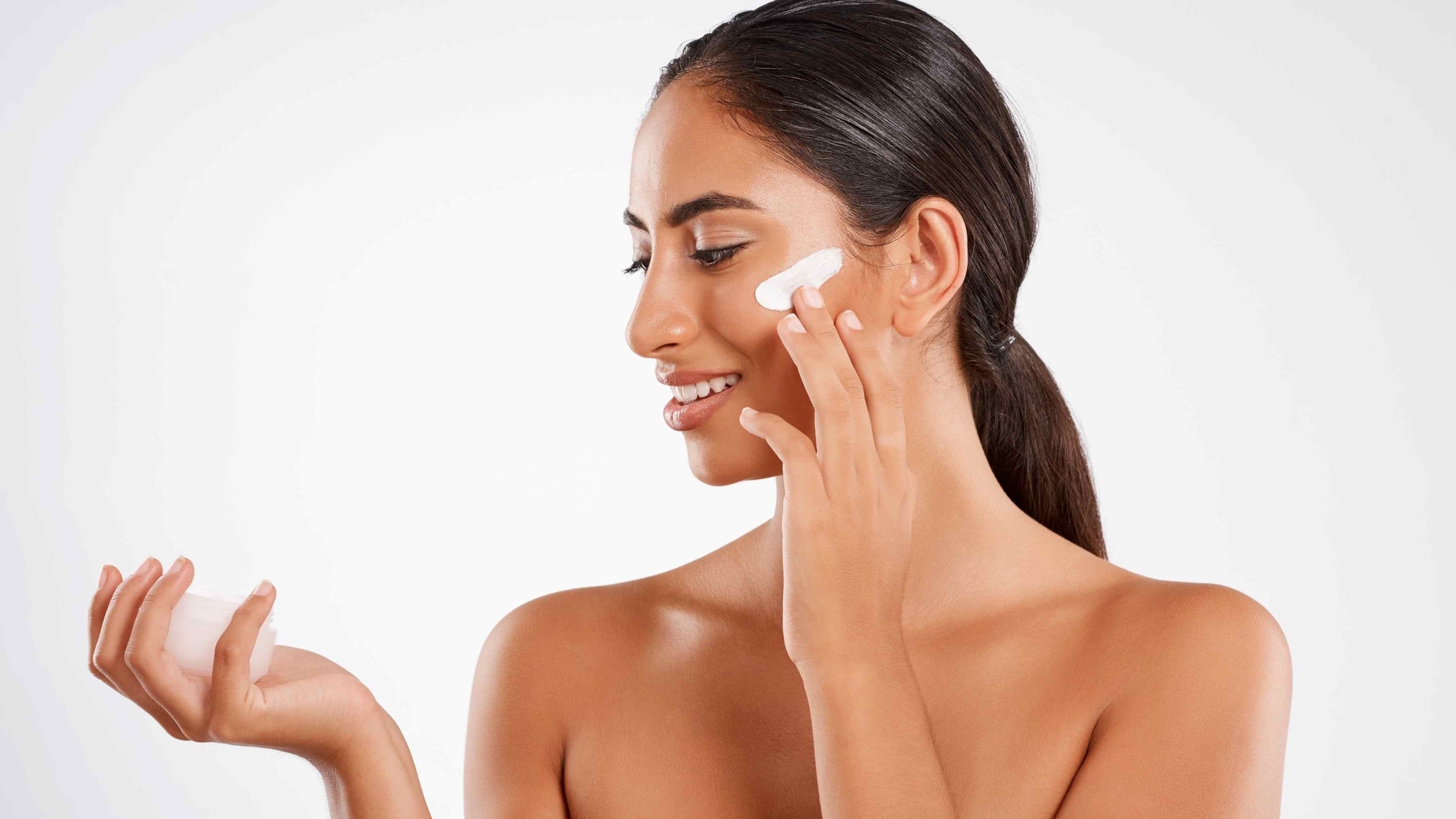
Follow up with a nourishing moisturizer to hydrate and calm the skin. This helps maintain your skin barrier and reduces any dryness from exfoliation.
5. Sunscreen (Next Morning):

Glycolic acid increases your skin's sensitivity to UV rays, so apply a broad-spectrum sunscreen with SPF 30 or higher the next day, even if it's cloudy.
Frequency of Use
- Beginners: Start with 1–2 times per week using a low concentration (1%–5%). Gradually increase usage as your skin becomes more tolerant.
- Regular Users: Some may handle daily application, especially with lower concentrations, but it's best to increase slowly and pay attention to how your skin reacts.
- Masks or Peels: Use once weekly or as the product advises. These are usually more intense and should be used sparingly.
Important Tips
- Use at Night: Apply glycolic acid in the evening to avoid direct sun exposure after application.
- Avoid Delicate Areas: Don't apply around your eyes, lips, or over any broken, inflamed, or sensitive skin.
- Don't Mix Harsh Actives: Avoid using glycolic acid alongside strong actives like retinol or vitamin C on the same night—alternate them instead to reduce the risk of irritation.
- Less Is More: Start low and slow—overuse can lead to redness, dryness, or sensitivity.
- Seek Expert Advice: If you have any skin conditions (like rosacea, eczema, or acne), consult a dermatologist before incorporating glycolic acid into your routine.
05How to Choose Glycolic Acid Uses by Skin Type
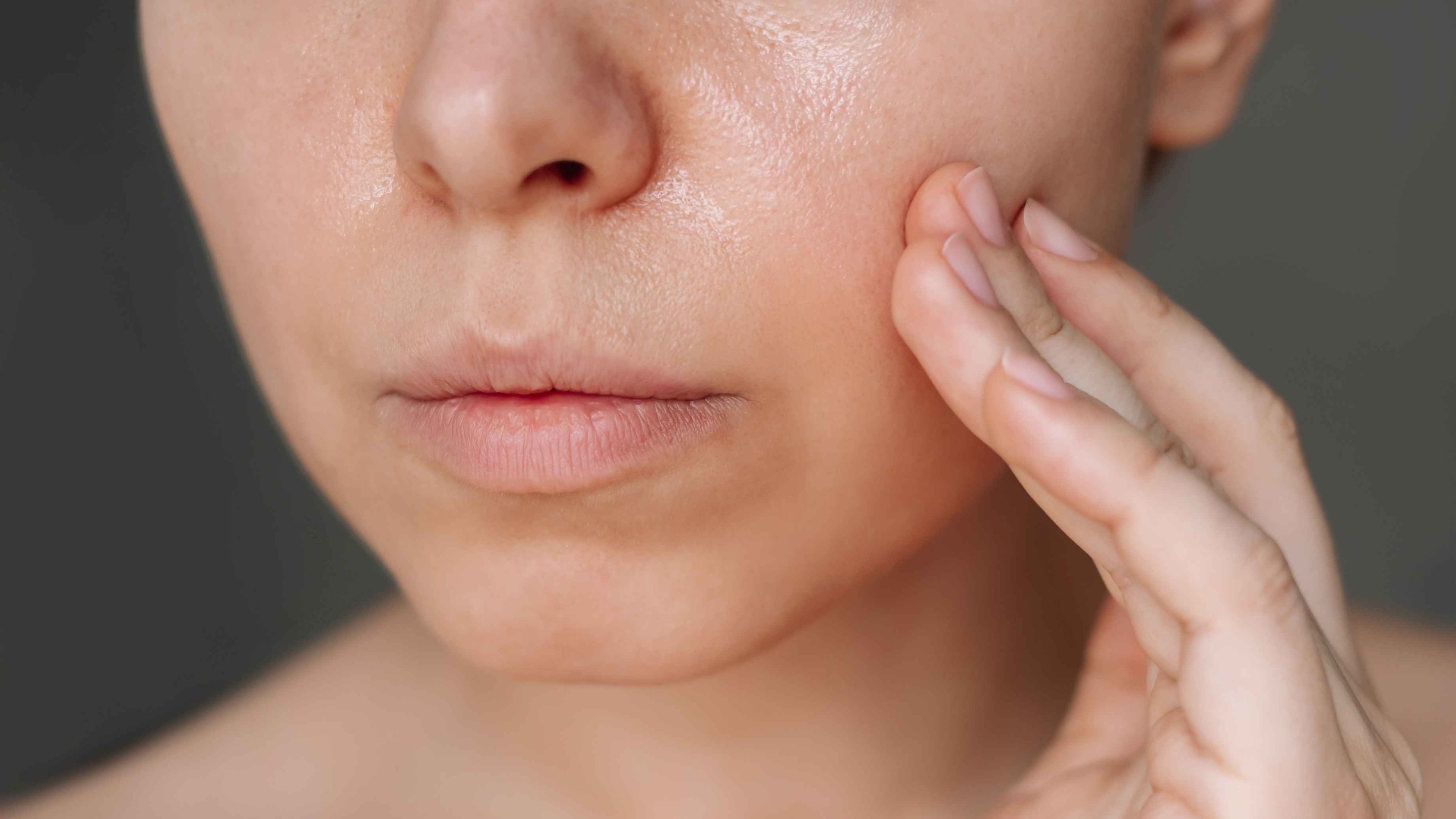
- Oily or Acne-Prone Skin Look for a glycolic acid face wash or toner with 5%–10% concentration. It gently exfoliates, prevents clogged pores, and leaves your complexion smooth. Start with once or twice weekly.
- Dry or Dehydrated Skin Consider a glycolic acid serum or cream paired with nourishing moisturisers. Since it draws moisture, follow immediately with hydrating ingredients like hyaluronic acid or ceramides to prevent dryness.
- Sensitive Skin Try a glycolic acid toner at 4%–6%, or a glycolic acid moisturizer designed with barrier-soothing ingredients. Use conservatively (once a week) and patch-test first.
- Combination Skin Alternate nights between glycolic acid and gentle hydration. For example, a toner one night, followed by glycolic acid cream another, with moisturiser after both.
- Mature or Textured Skin Opt for a serum or cream with up to 10% strength. Over time, glycolic acid uses like collagen boosting and evening tone can visibly firm and refine skin texture.
06What Can Glycolic Acid Be Used With?
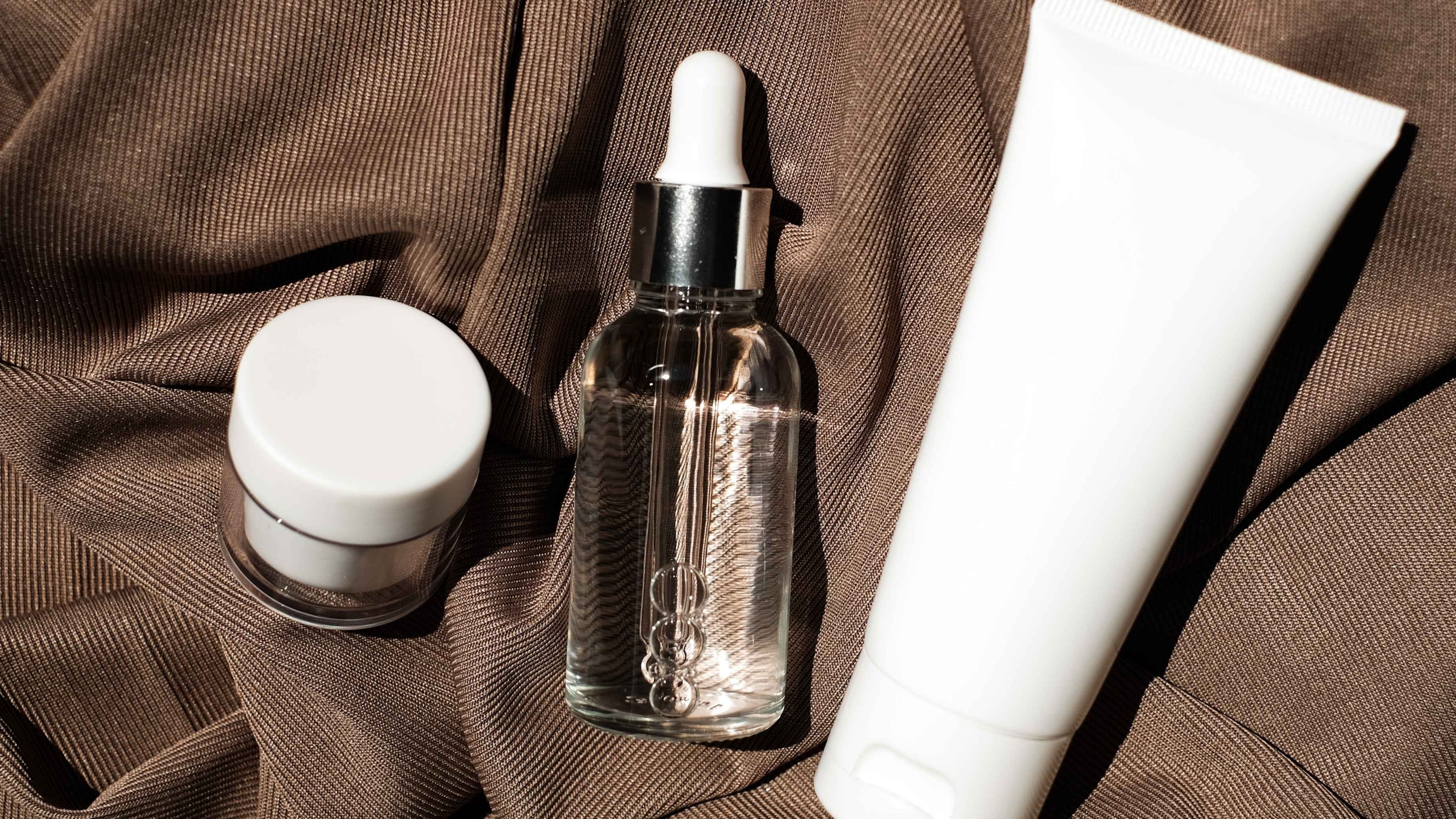
- Hyaluronic acid makes a hydrating pairing, helping counter dryness.
- Niacinamide works well alongside—it soothes, calms, and supports skin barrier repair.
- Salicylic acid and glycolic acid together? Only with caution. Use one in the morning, the other at night—not simultaneously.
- Vitamin C can be worn in the morning, with glycolic acid in the evening for brightening synergy without overloading skin.
07Glycolic Acid Side Effects & How to Use It Safely
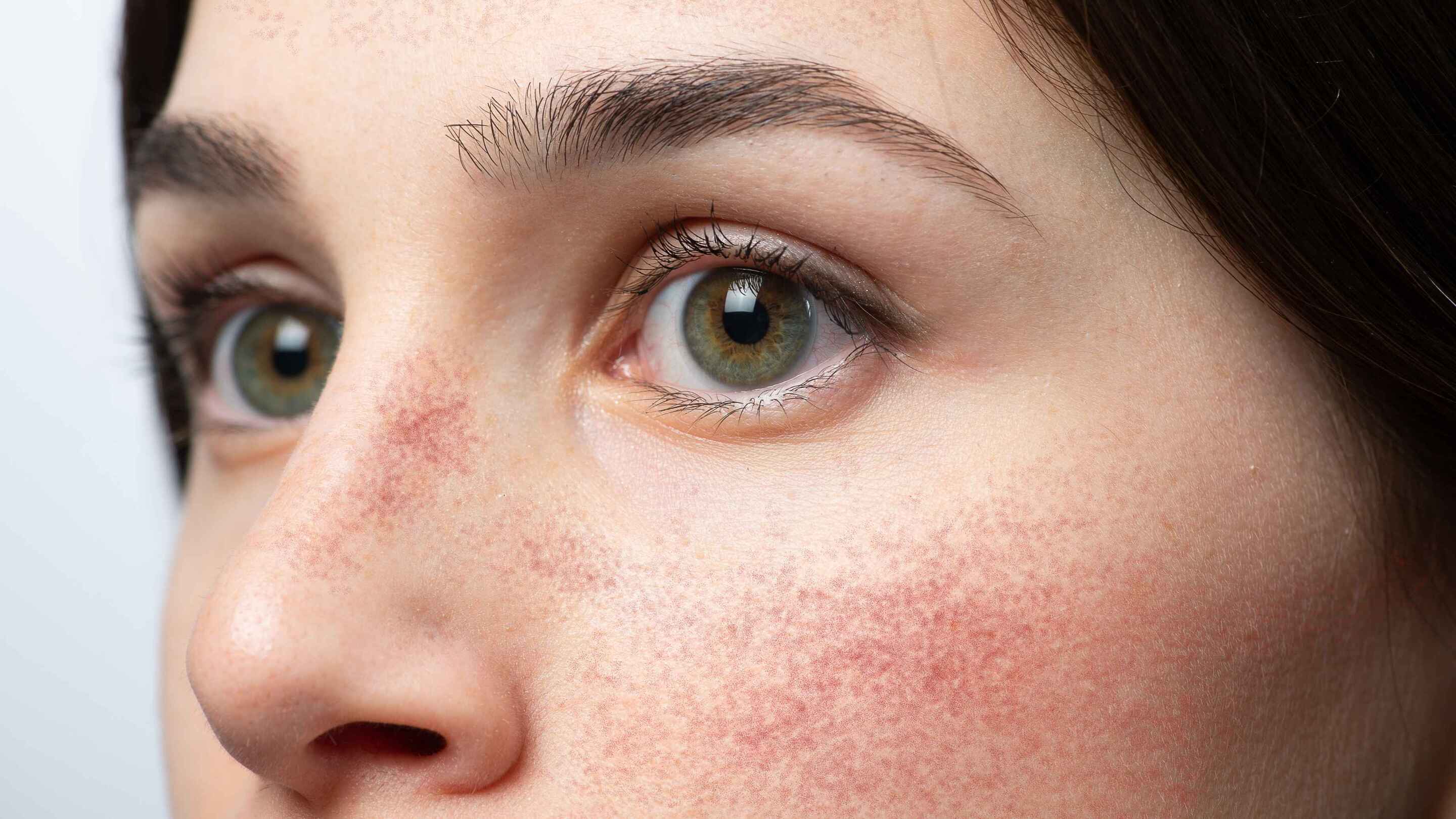
While glycolic acid is generally safe for skin, especially at 5%–10%, overuse can cause:
- Redness, peeling, or stinging
- Dry patches or dehydration
- Sun sensitivity or flare-ups Reduce frequency or lower strength if these occur. Always respect your skin's response and adjust accordingly.
08Dermatologist-Approved Tips for Safe Use

- Start with the Right Concentration: For at-home use, choose glycolic acid products with a low pH (around 3. 5–4) and a concentration between 5%–10%. Beginners can opt for milder formulations (1%–5%) to minimize irritation.
- Ease Into It: If you're new to glycolic acid, apply it just once or twice a week at night. Let your skin adjust before increasing frequency.
- Layering Tips:
- Apply glycolic acid after cleansing and before heavier serums or moisturizers.
- Never layer glycolic acid with strong actives like retinol, vitamin C, or other exfoliating acids (like salicylic or lactic acid) in the same routine—alternate them on different nights to avoid over-exfoliation.
- Hydrate & Protect: Glycolic acid can weaken the skin barrier if not used carefully. Always follow up with a hydrating moisturizer to soothe the skin.
- Sunscreen Is Non-Negotiable: Since glycolic acid increases your skin's sensitivity to the sun, daily sunscreen (SPF 30 or higher) is essential—even on cloudy days or if you're indoors near windows.
- Listen to Your Skin: If you notice redness, flaking, or sensitivity, reduce frequency or pause use until your skin recovers. Everyone's tolerance is different. With its ability to deeply exfoliate, brighten complexion, refine texture, and fight acne, glycolic acid uses are incredibly broad and transformative. Whether via glycolic acid toner, face wash, cream, or serum, this ingredient can be tailored to suit every skin type—from oily and blemish-prone to dry and mature.
The key to harnessing its power is smart application: start slow, pair with hydrating ingredients, avoid over-exfoliation, and always apply SPF.
Used mindfully, glycolic acid can elevate your skincare routine—reveal radiant, healthy skin and simply glow.
09FAQs
Q: Is glycolic acid safe for skin?
Yes, glycolic acid is safe for skin when used correctly and at appropriate strengths (typically ≤10%). It's considered safe for most skin types, though caution is advised for very sensitive or reactive skin. Always patch test before introducing it into your routine.
Q: What does glycolic acid do for skin?
It exfoliates dead skin cells, unclogs pores, boosts collagen, brightens tone, softens lines, and helps improve texture.
Q: Can I use glycolic acid daily?
Glycolic acid exfoliates dead skin cells, unclogs pores, and improves skin turnover. With regular use, it can brighten skin tone, soften fine lines, enhance texture, and stimulate collagen production—leading to a smoother, more radiant complexion.
Q: Can I use glycolic acid face wash every day?
Yes, you can use glycolic acid daily if your skin tolerates it well, especially for normal to oily types. However, dry or sensitive skin should start slowly—using it 1–3 times per week—to monitor for irritation, redness, or peeling.
Q: How long does it take to see results?
You'll typically start noticing smoother, brighter skin in 4–6 weeks. Improvements in fine lines and pigmentation may take 8–12 weeks or longer.

